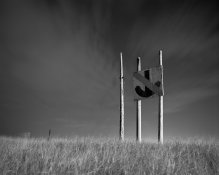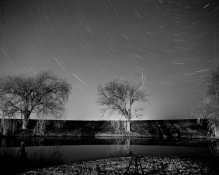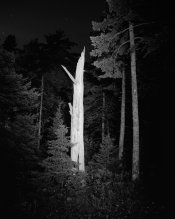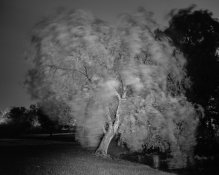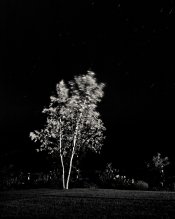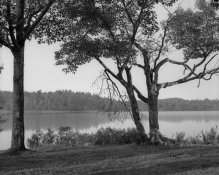I'm pretty copacetic with using digital 35mm for night photography, but where 120 film is concerned, I'll admit it, I'm scared. I don't have any understanding of how say a 400ASA roll of film will behave in a starlit/moonlit landscape - for example, approximate fstop/exposure times to begin and experiment with. So if there are any experienced night shooters around, would they please help a brother out and give me a base from which to work?
Many thanks in advance
Many thanks in advance





